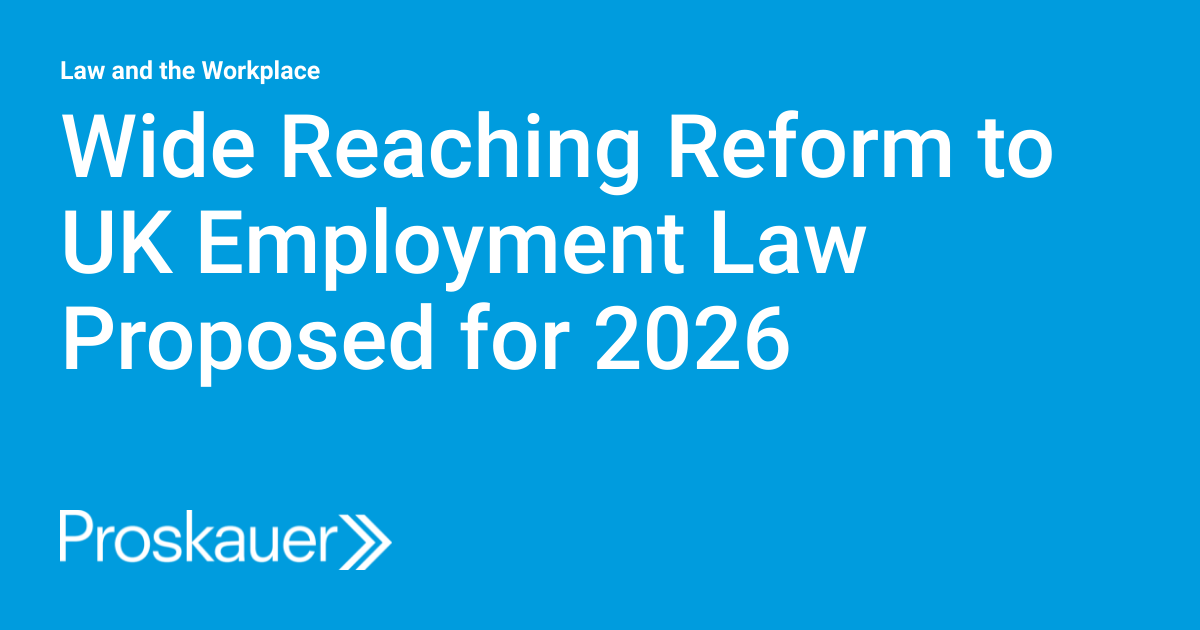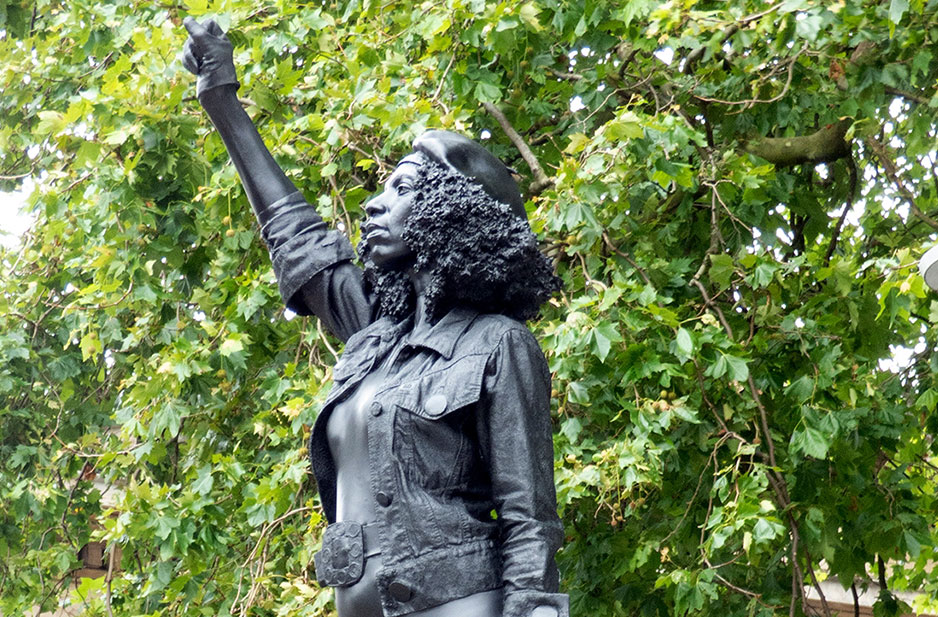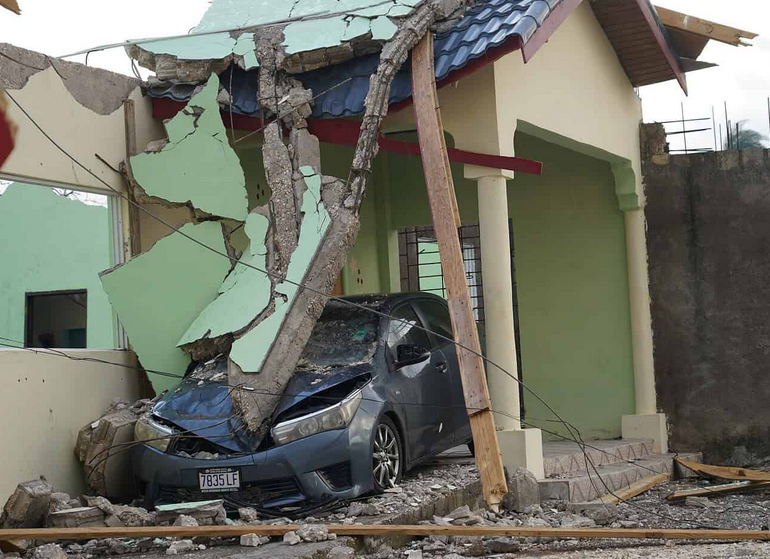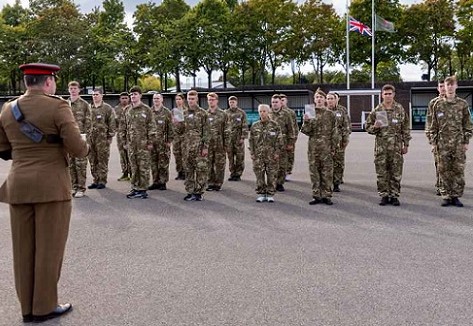A figure of a Black Lives Matter protester appeared on the empty plinth previously occupied by the statue of slave trader Edward Colston.
A sculpture of protester Jen Reid was erected in Bristol city centre where the Colston statue was pulled down last month.
Ms Reid had been photographed standing on the empty plinth after the statue was toppled during the march. Artist Marc Quinn said the sculpture did not have formal consent.
He said the black resin statue - called A Surge of Power - was only meant to be temporary, adding that he was inspired to create it after seeing an image of Ms Reid standing on the plinth with her fist raised during the Black Lives matter protest before then contacting her through social media and both working together on the statue, which was erected.
Ms Reid said: "I think it's something the people of Bristol really appreciate seeing. My husband took the photo on the day of the protests and put it on his social media. He was contacted by Marc Quinn who then contacted myself.
"I was in his studio after the protest with 201 cameras surrounding me, taking pictures of me from every conceivable angle. That went into a 3D print and a mould was made."
Ms Reid said the sculpture was important because it helped "keep the journey towards racial justice and equality moving", adding that she had felt an "overwhelming impulse" to climb on plinth in last month's protest.
"When I stood on the plinth, and raised my arm in a Black Power salute, it was totally spontaneous," she said. "I didn't even think about it. It was like an electrical charge of power was running through me.
"This sculpture is about making a stand for my mother, for my daughter, for black people like me."
Artist, Quinn, said the sculpture was meant as a temporary installation to continue the conversation about racism and did not know how long it would remain in place.
He said: "It was not going to be there forever. I saw pictures of Jen on the plinth and she spontaneously made this gesture and I thought this is amazing. She's made an extraordinary artwork just by doing that and it needed to be crystalised into an object and put back onto the plinth.
"It had to be in that public realm and I wanted to put it in that charged spot where Edward Colston had been before."
Protesters pull the Colston statue - which had been at the Bristol city centre site since 1895 - from its plinth. It was dragged to the harbourside, where it was thrown into the water at Pero's Bridge - named in honour of enslaved man Pero Jones who lived and died in the city.
The sculpture of a Black Lives Matter protester has now been removed from the plinth by Bristol City Council contractors removed the sculpture of Ms Reid and took it away in the back of a lorry.
Mayor Marvin Rees said it was up to the people of Bristol to decide what would replace Colston's statue.
Speaking in a Facebook Q&A, Mr Rees said it was important to gauge people's opinions on a replacement for the Colston statue, but he felt an empty plinth was "a very powerful statement at this time". He said that that how race was navigated in the UK was a "delicate balance", adding: "Running around provoking debate without any awareness of the potential consequences of that debate is not OK.
"We have to approach things with wisdom, which is why we've set out a process that revolves around a history commission telling the full story of Bristol so that the city is much more informed and is in a better position to collectively decide who it wants to honour and where."
Photo by Sam Saunders from Bristol

















